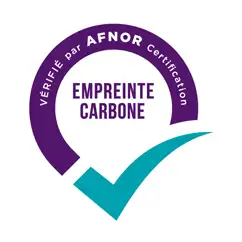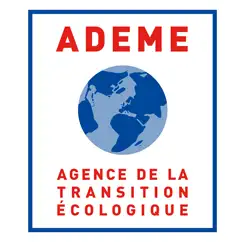A greenhouse gas emissions balance (BEGES, also known as a carbon balance, after the first calculation tool developed by ADEME) is an assessment of the quantity of greenhouse gases emitted into the atmosphere over one year by an organization’s activities. Results are expressed in tonnes of CO2 equivalent (CO2 being the main GHG, alongside CH4, N2O, SF6, HFCs and PFCs).
The entity’s emissions are ordered according to predefined categories called “items”. This ranking enables us to identify the emission sources where the carbon constraint is greatest, and therefore where the decarbonization strategy should focus. Under the terms of the Grenelle 2 law of 2010, several categories of reporting entities are required to produce a BEGES:
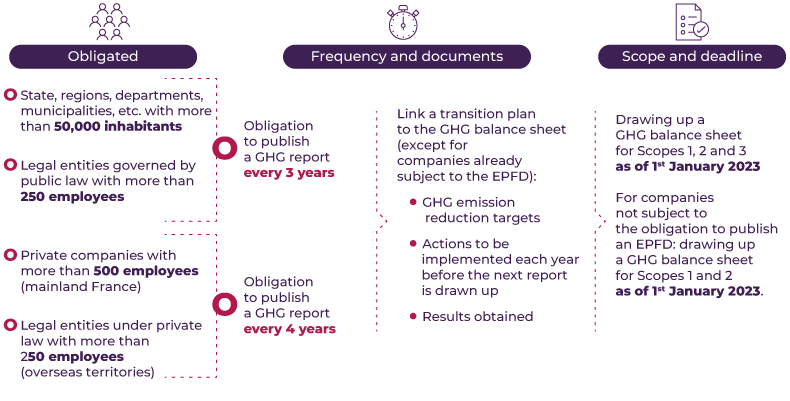
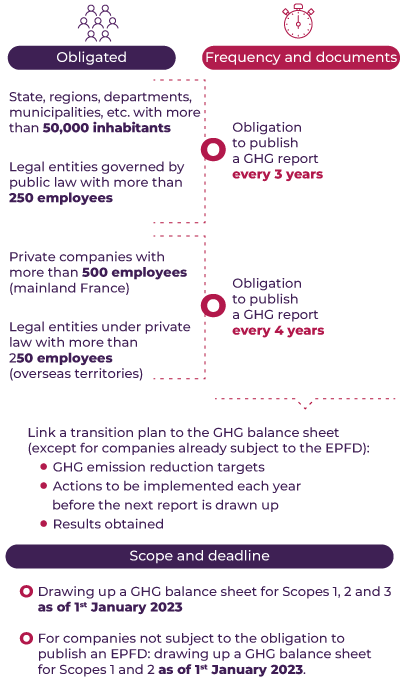
How do you calculate your carbon footprint?
The calculation of greenhouse gas emissions is based on a standardized methodology. Standard NF EN ISO 14064-1 sets out the different scopes to be taken into account for a given activity:
- les émissions directes (scope 1)
- les émissions associées (scope 2)
- les émissions indirectes (scope 3)


Avec AFNOR Compétences, vous pouvez vous former à l’exercice :
Une fois le bilan effectué, vous serez outillé pour passer à l’action :

Une fois le bilan effectué, vous serez outillé pour passer à l’action :
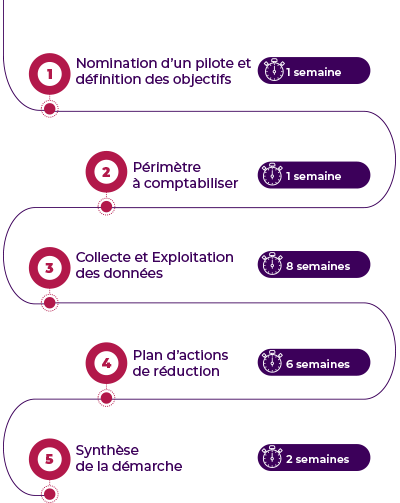
A qui confier le soin de faire ou vérifier un bilan carbone ?
Are you one of the organizations required to produce a greenhouse gas emissions report? AFNOR Energies can support you in a number of ways:
- Calcul de bilan carbone d’entreprise
- Réalisation de bilan carbone dans le cadre de due diligence
- Evaluation de maturité carbone des fournisseurs (offre en préparation)
- Calcul d’empreinte carbone pour les produits et les services (selon la norme NF EN ISO 14067)
- Vérification et validation d’empreinte carbone pour les produits et les services
- Accompagnement ACT pas-à-pas et mix énergétique avec le dispositif Pacte Industrie (subvention Ademe)
Financements ADEME : AFNOR Énergies vous accompagne
Pour la partie ADEME dans le cadre du programme PACTE INDUSTRIE. L’ADEME propose des financements pour soutenir les démarches de décarbonation des entreprises.
AFNOR Energies Ingénierie est partie prenante de ce programme. Nous vous aidons à mettre en place une stratégie de décarbonation personnalisée (selon la méthodologie ACT pas a pas ou encore la réalisation d’étude d’opportunité de votre mix énergétique) tout en bénéficiant de subventions ADEME.
Key points to remember
- Standard NF EN ISO 14064-1 details the different perimeters for calculating greenhouse gas emissions.
- The NF EN ISO 14067 standard specifies the principles, requirements and guidelines for quantifying and declaring a product's carbon footprint.


